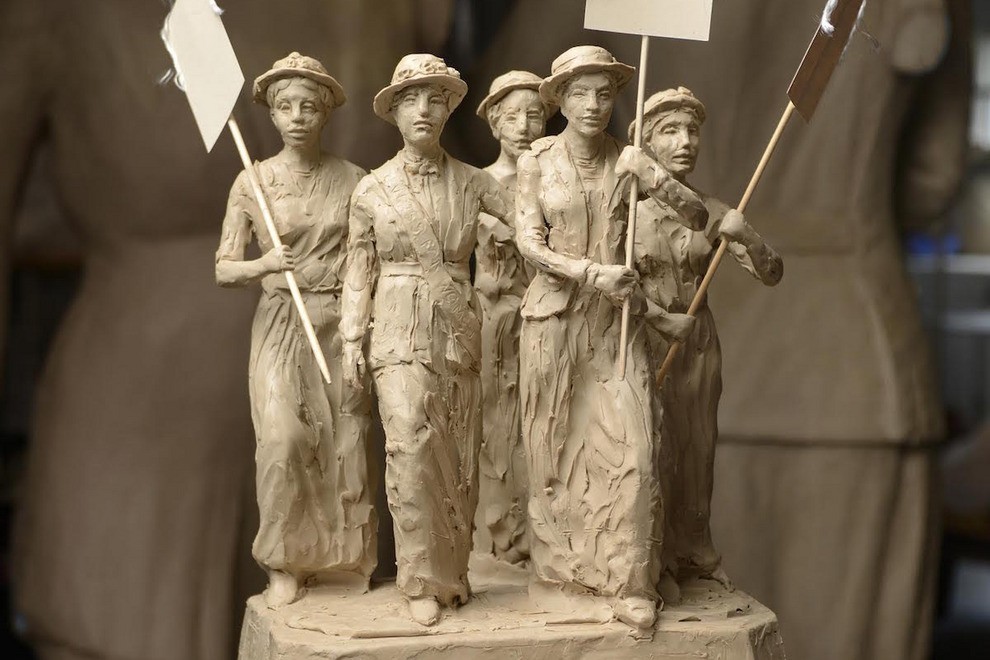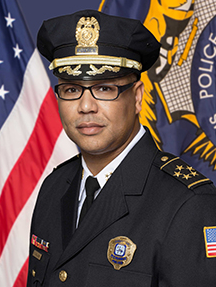Even as the year 2018 advances, with its plethora of county, state, and federal election contests, the city election of 2019 is throwing some hints of things to come. For one thing, Mike Williams, the Memphis Police Association president who drew a substantial cadre of voters in his race for Memphis mayor in 2015, is clearly preparing the way for another mayoral race in 2019.
On Saturday, Williams inaugurated a new Facebook page entitled “Michael R. Williams 2019,” and his initial text was a de facto announcement of another race next year:
“I am starting this page to allow more people to follow and for me to disseminate information. I needed a public figure page that allows more than 5,000. I have almost 1,000 additional friend requests that I can not add. I will start directing people to this page. Are we getting ready for 2019, yes we are. Let’s get started early this time. Thanks, and please direct people to this page as well.”
As of 8:30 a.m. Tuesday morning, the page had attracted 56 likes.
• And, as current Mayor Jim Strickland thereby learned the identity of one reelection opponent for next year, he reluctantly found himself at the center of a brewing controversy involving a candidate for the Shelby County Commission.
That would be Tami Sawyer, whose urgent activism last year as a leader in the “#TakeEmDown901” drive to remove the city’s Confederate statues often seemed to put her at odds with what Strickland regarded as a more moderate and methodical pathway to that end.
Sawyer is a candidate this year for Position 7 on the commission, and, among her opponents in the Democratic primary is former Shelby County Schools board member Stephanie Gatewood. Proponents of Sawyer have charged in online posts, in emails to their networks, and in other modes of an ongoing whispering campaign that Strickland is taking a behind-the-scenes role on behalf of Gatewood and against Sawyer.
When queried about the rumors, Strickland responded with a categorical “No,” and, focusing on the online rumors, expressed amazement that they could be taken seriously. That in this heyday of social media, he himself relies heavily on regular messages from his office circulated through the internet is clearly something he regards as being another matter altogether.
And Gatewood herself took note of the rumors, contending in a Facebook post that they were “inaccurate” and saying specifically, “Mayor Strickland has not donated a dime to my campaign nor have I had a conversation with him regarding him having a fund-raiser on my behalf.”
Addressing the same matter of online credibility that seemed to astound Strickland, she would conclude her post by acknowledging “What’s funny is that perception is reality to most.”
In an effort to rebut such a perception, one supporter of the mayor maintained in an online message that Strickland had gone out of his way during a presentation to the state Heritage Commission in Athens last year to cite the role of “people of grass roots” in the struggle to remove the statues, and, in so doing, had bade Sawyer to rise.
Sawyer herself, when asked about the Gatewood matter, was somewhat guarded. She acknowledged that she was conversant with the rumors but declined to comment further on them except to say, “The mayor has a right to support anybody he chooses for public office.”
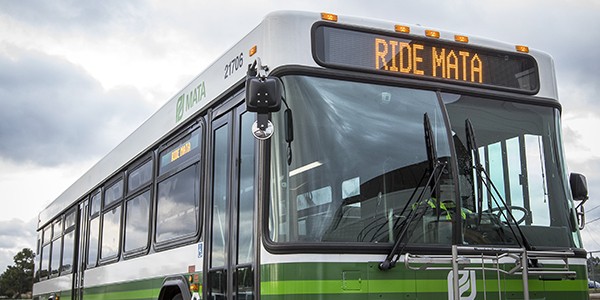 Justin Fox Burks
Justin Fox Burks 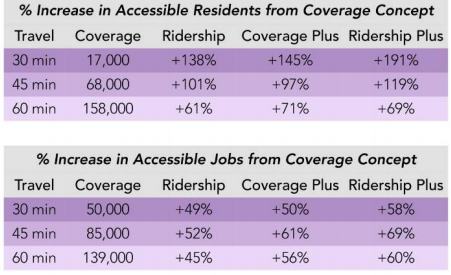 Scudder Wagg of Jarrett Walker + Associates
Scudder Wagg of Jarrett Walker + Associates  Brandon Dill
Brandon Dill  Toby Sells
Toby Sells 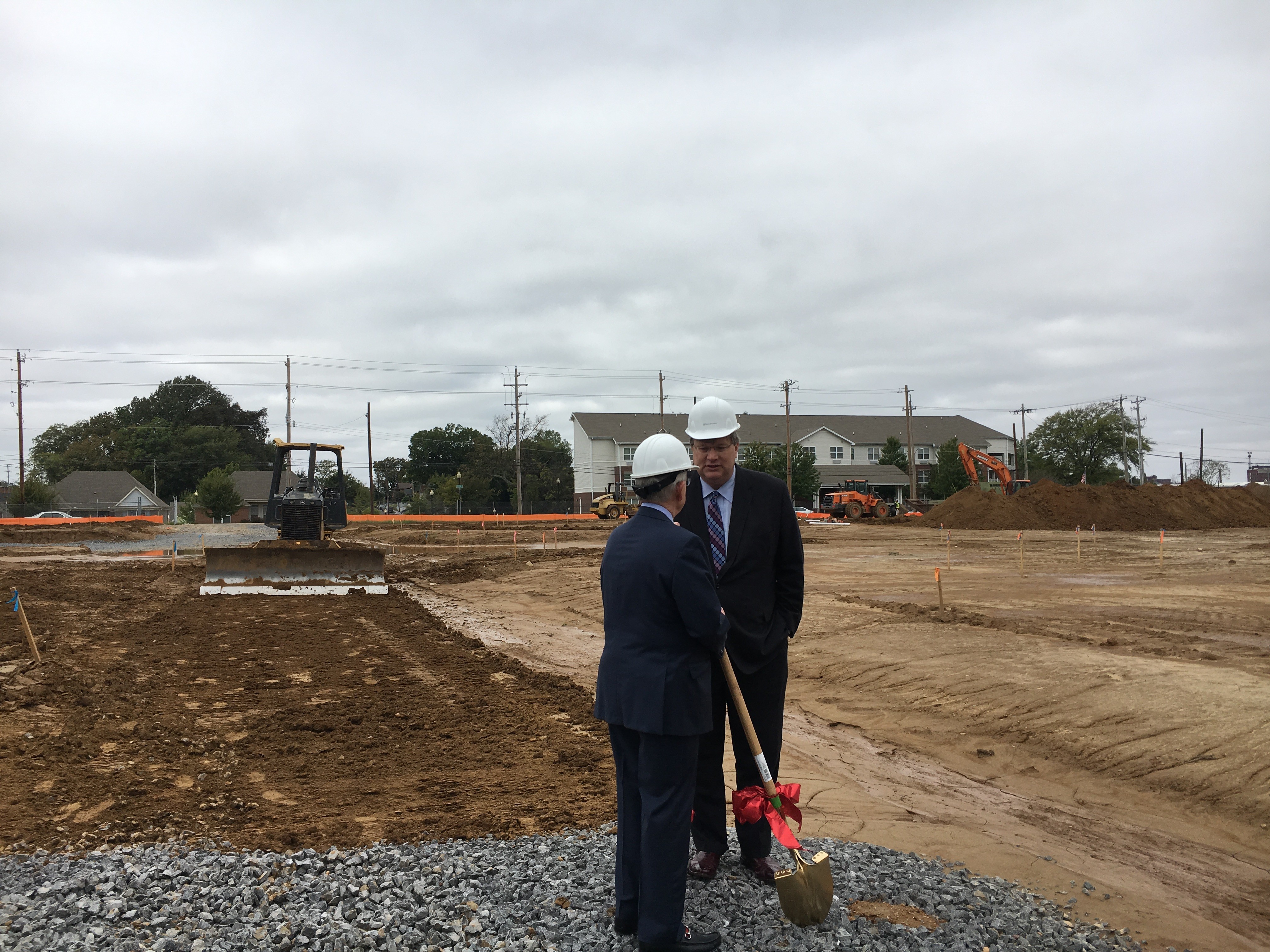
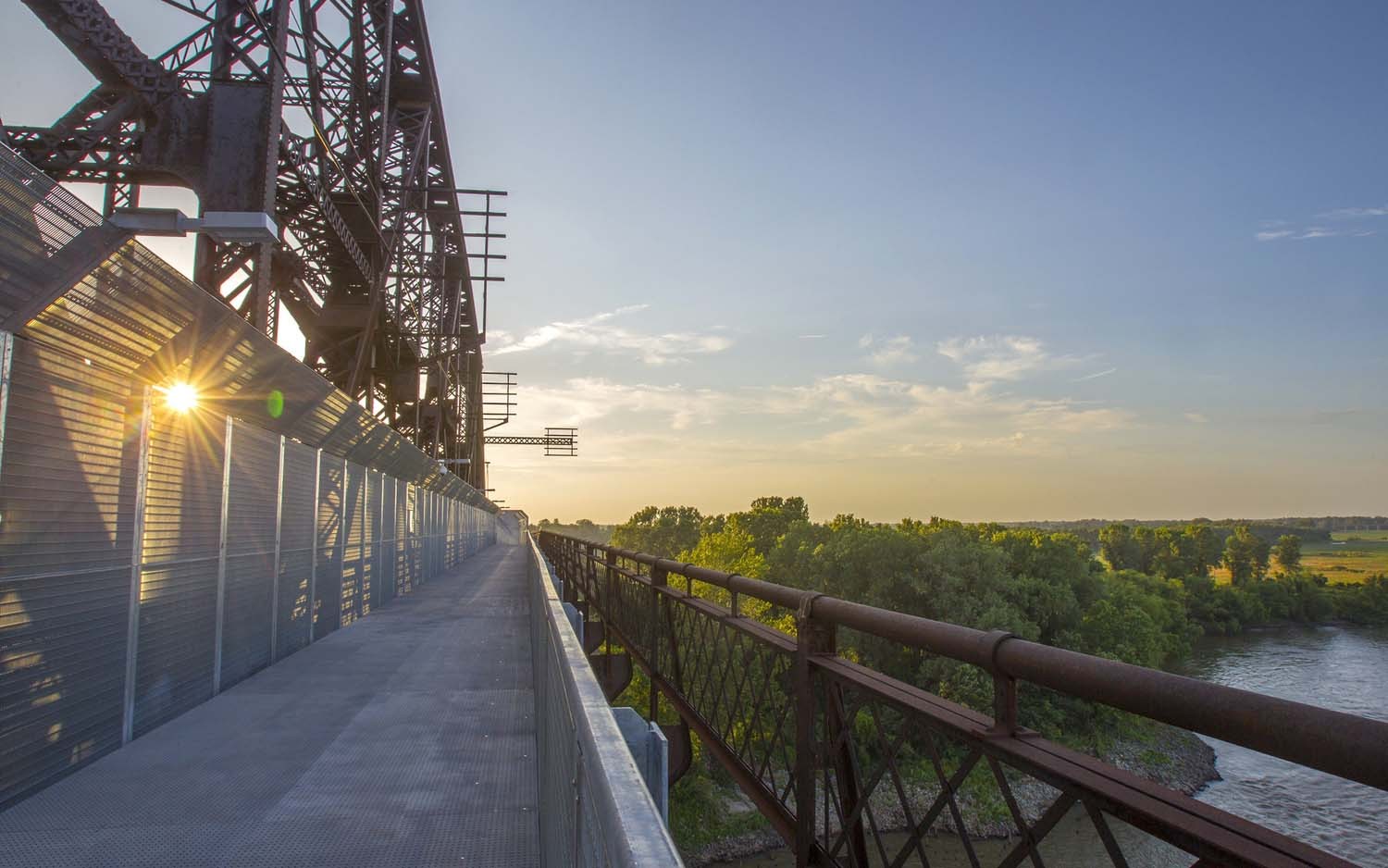 bigrivercrossing.com
bigrivercrossing.com 